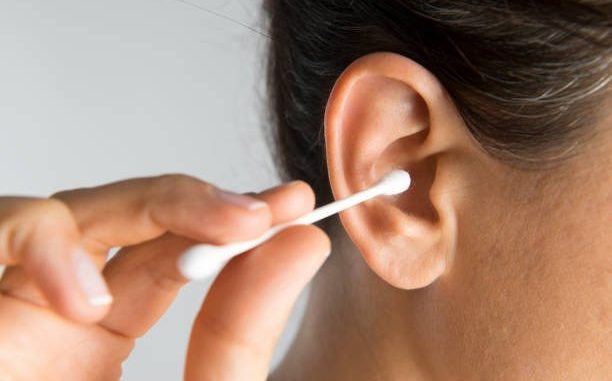
Earwax, also known as cerumen, is a waxy substance produced by the glands in our ear canals. It often goes unnoticed and is seldom a topic of conversation. However, you might be surprised to learn that the color, consistency, and even the odor of your earwax can provide valuable insights into your health. In this article, we will delve into the fascinating world of earwax and how it can reveal important information about your overall well-being.
The Basics of Earwax:
Before we explore the health indicators found in earwax, it’s essential to understand its primary functions:
- Protection: Earwax serves as a natural barrier that protects the delicate ear canal from dust, debris, and foreign invaders like insects.
- Moisturization: It helps keep the skin inside the ear canal moisturized and prevents dryness and itching.
- Cleaning: Earwax has a self-cleaning mechanism. As new wax is produced, it pushes the old wax and trapped particles out of the ear canal.
The Health Clues in Earwax:
Now, let’s uncover what your earwax may be trying to tell you about your health:
1. Color Matters:
The color of your earwax can vary from light yellow to dark brown. While it’s common for earwax to be yellowish, other colors may signify different health conditions:
- Light Brown to Dark Brown: Healthy earwax typically falls within this color range. It indicates the presence of natural oils and dead skin cells.
- Gray: Gray earwax can be a sign of excessive stress. The stress hormone cortisol can alter the composition of earwax and turn it gray.
- Black: Black earwax can result from the accumulation of dirt and debris, especially in individuals who work in dusty or dirty environments.
- Bloody: If you notice blood in your earwax, it’s essential to seek medical attention immediately, as it can indicate injury, infection, or even a perforated eardrum.
2. Odor Clues:
Earwax has a distinct odor, which is typically mild. However, foul-smelling earwax can indicate an infection or other underlying issue. A sweet or fruity odor could be a sign of a rare metabolic disorder known as diabetic ketoacidosis.
3. Consistency and Texture:
The texture of earwax can vary from moist and sticky to dry and flaky. The consistency can provide clues about your health:
- Moist and Sticky: Healthy earwax is usually moist and sticky, helping it trap debris and foreign particles.
- Dry and Flaky: Dry earwax can be more common in older adults. It can be more challenging to clean and may cause itching or discomfort.
4. Excessive Earwax:
An overproduction of earwax, known as cerumen impaction, can lead to a feeling of fullness in the ear, hearing loss, dizziness, and ear pain. It can also be a sign of an underlying condition, such as an ear canal abnormality or a skin condition like psoriasis.
5. Earwax and Ear Infections:
Ear infections can alter the composition of earwax and cause it to become thicker or discolored. If you suspect you have an ear infection, it’s essential to consult a healthcare professional for diagnosis and treatment.
6. Earwax and Hearing Loss:
Excessive or impacted earwax can lead to hearing loss. When earwax blocks the ear canal, it prevents sound waves from reaching the eardrum, resulting in reduced hearing. In such cases, removing the excess wax often restores hearing.
7. Earwax Removal:
It’s important to note that while it’s tempting to clean your ears with cotton swabs, it can push earwax deeper into the ear canal, leading to impaction. If you have excessive earwax or concerns about your ear health, consult a healthcare provider or an ear, nose, and throat specialist for safe and effective removal.
Conclusion:
Earwax may not be the first thing that comes to mind when considering your health, but it can provide valuable insights into your overall well-being. Pay attention to the color, consistency, and odor of your earwax, and be mindful of any changes. If you notice unusual or persistent symptoms related to your ears, such as hearing loss, pain, or excessive earwax production, it’s essential to seek professional medical advice. Your earwax can indeed reveal important clues about your health, so don’t overlook its potential significance.
Share this:
- Click to share on Facebook (Opens in new window)
- Click to share on Twitter (Opens in new window)
- Click to share on WhatsApp (Opens in new window)
- Click to share on Reddit (Opens in new window)
- Click to share on Telegram (Opens in new window)
- Click to share on Pinterest (Opens in new window)
- Click to share on LinkedIn (Opens in new window)